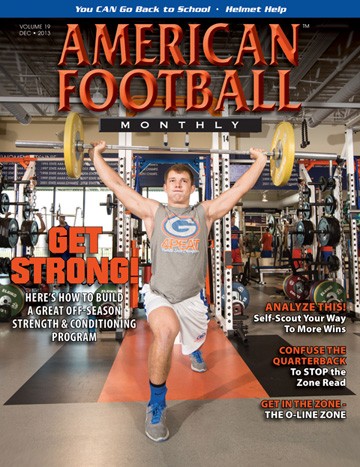Article CategoriesAFM Magazine
|
Drills Report: Conditioning Cadetsby: Lt. Col. Mark West, Head Coach, Army Sprint Footballand Paul Markowski, Running Backs Coach © More from this issue The phrase “off-season” has a little different meaning at the United States Military Academy than it may have at other colleges. In fact, the Sprint football team likes to use the term “out-of-season” since cadets are never truly “off”. The combination of 20 credit-hour academic loads per semester, mandatory physical fitness participation, and rigorous military training keep the cadets at USMA continuously moving with little time to spare. Football’s out-of-season training regimen is tailor-made for the cadet athlete who needs to enhance his athletic performance in the most effective and efficient means possible while trying to balance the demands of cadet life. The out-of-season training consists of weight lifting, speed/agility/quickness workouts, and team building activities in which the rising seniors on the team are gi....The full article can only be seen by subscribers.
|
|
|||||||
| HOME |
MAGAZINE |
SUBSCRIBE | ONLINE COLUMNISTS | COACHING VIDEOS |
Copyright 2025, AmericanFootballMonthly.com
All Rights Reserved





